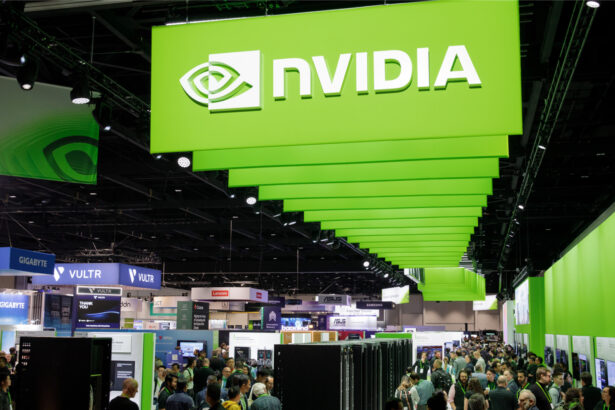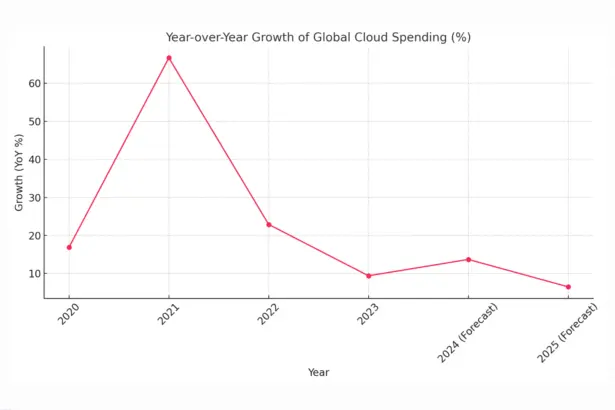Donald Trump’ s administration is preparing a wide-ranging package of measures to support the development of artificial intelligence in the US by dramatically increasing energy availability and facilitating the construction of data centres. In the face of the AI industry’s growing demand for computing capacity – and therefore energy – the White House is preparing executive orders to unlock infrastructure investment and reduce the time it takes to complete energy projects.
The United States is today in a technology race with China that is not only economic but also strategic. The development of AI – from generative models to industrial and defence applications – is becoming a key field of competition. Meanwhile, the data is clear: the US energy infrastructure is not keeping up with the pace of the digital revolution.
According to Grid Strategies, US energy demand will grow five times faster by 2029 than was predicted back in 2022. Deloitte’s estimates are even more alarming – by 2035, energy demand from AI data centres is expected to increase more than thirty-fold.
Trump, who has made AI one of the priorities of his second term, wants to counter this pressure. Among other things, the administration plans to speed up the connection of off-the-shelf energy projects to the grid, make federal land available for the construction of data centres, and simplify environmental procedures – for example, by creating a uniform, nationwide Clean Water Act permit.
Another element of the offensive is expected to be the provision of land managed by the Department of Defence or the Home Office – bypassing lengthy local procedures and public protests. For the industry, this means that large-scale investments such as the Stargate Project – a joint venture between OpenAI, Oracle and SoftBank that is expected to create 100,000 new jobs and build the next generation of AI infrastructure in the US – can be realised more quickly.
From the point of view of the IT market and infrastructure solution providers, the White House’s actions herald accelerated investment in data centres, energy (especially gas and nuclear) and cooling, power and energy optimisation technologies.
It is no coincidence that Amazon recently announced a US$20bn investment in data centres in Pennsylvania – a state where Trump is scheduled to speak at an event on AI and energy on 15 July. On 23 July, in turn, a new roadmap for AI is due to be announced, and the White House is considering declaring that day as ‘AI Action Day’.
While legislative details are still being worked out, the direction is clear: the US wants to win the race for global leadership in AI by eliminating energy and regulatory bottlenecks. For the technology sector, this means a new wave of investment momentum – and for AI channel partners in the US and beyond, a looming shift in the demand landscape.










